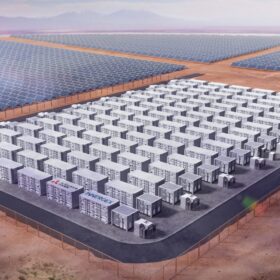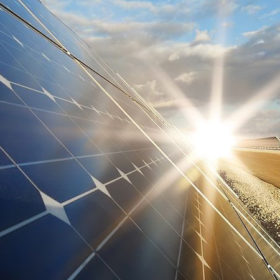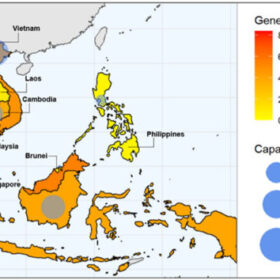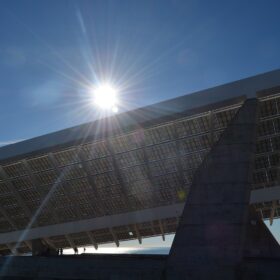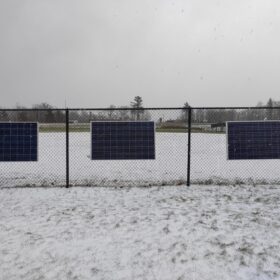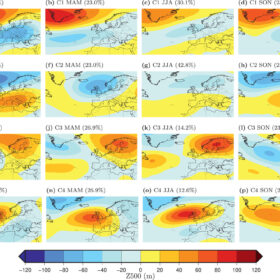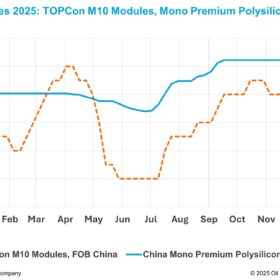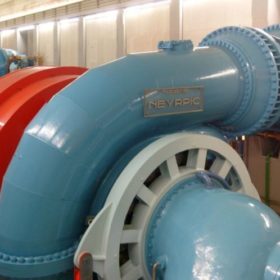India must add 32 GW of solar capacity per year to meet PV target for FY 2030
India will have to add over 30 GW of solar capacity annually to meet the 293 GW PV target in the optimal energy mix for 2029-30. The nation had installed 68 GW of PV capacity as of May 31, 2023.
Chile releases bidding terms for 5,400 GWh renewables, storage auction
The Chilean authorities want to contract 5,400 GWh of power from renewable energy, while also including battery storage. The selected developers will secure 20-year power purchase agreements (PPAs).
South Eastern Coalfields to develop 600 MW of solar power projects
South Eastern Coalfields plans to develop 600 MW of solar power projects with more than INR 1,000 crore investment.
The potential for floating solar in Southeast Asia
The US National Renewable Energy Laboratory (NREL) and its partners have assessed the technical potential for floating PV throughout Southeast Asia.
Punjab invites EoI for 100 MW floating solar
Punjab Energy Development Agency (PEDA) has invited an Expression of Interest (EOI) from developers to set up a cumulative floating solar capacity of 100 MW across Punjab. The capacity will comprise projects of different sizes, to be developed on a build-own-operate basis.
Oriana Power completes pre-IPO funding round
The Noida-based commercial and industrial solar developer said the pre-IPO round was led by renowned stock investor Anil Kumar Goel, JSW veteran Prashant Jain and Meru founder Neeraj Gupta.
Airtouch Solar signs $3.2 million cleaning robot contract with Amplus
Israel’s Airtouch Solar will supply and install its water-free panel cleaning robots for Amplus Solar’s PV project in Rajasthan. It will also provide comprehensive maintenance services for the robots for 25 years.
Dutch government mulling PV ban on agricultural sites
Dutch Economy Minister Micky Adriaansens said that she aims to make it impossible to install solar farms on agricultural land, with some unspecified exceptions. The plan has raised concerns at Holland Solar, with the trade group warning of potential damage to farmers and solar project developers.
Using existing fences as near-zero-cost racking solution for PV deployment
American researchers are proposing to use steel zip ties to attach solar modules to fences in animal farms as a low-cost racking solution for agrivoltaic applications. They found the proposed approach is technically and economically viable, provided careful wind load tests are conducted on the fences.
Open-source online tool to optimize wind-solar projects
Scientists in Spain have developed a tool that optimizes the joint production of wind and solar. It combines data, patterns of solar radiation, and wind speeds over time in specific parts of Europe.

